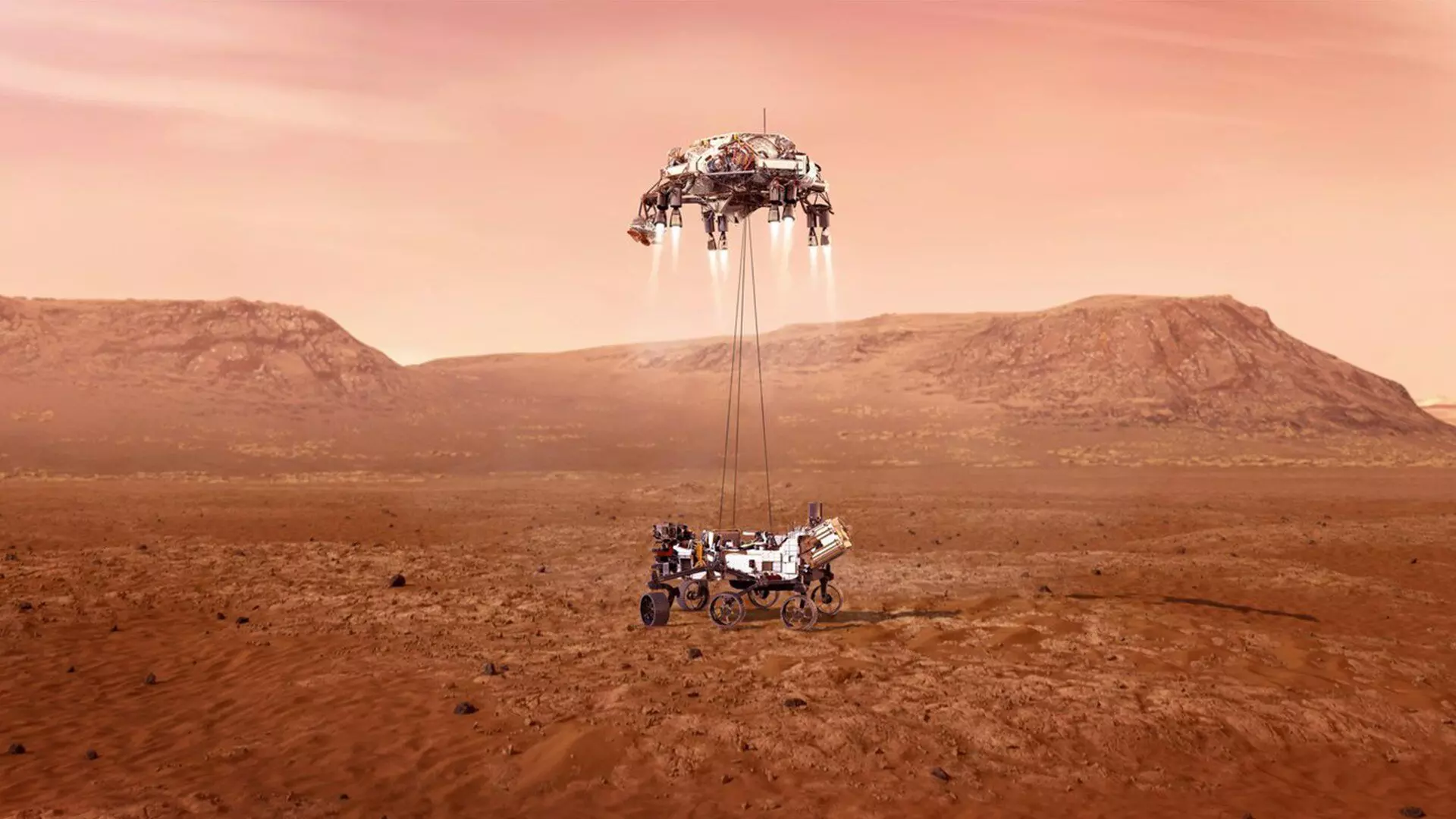Can you see it? A human face spotted on Mars is strikingly relatable!
Martian rocks appear odd and enigmatic, isn’t it?
Perseverance Rover

The Perseverance rover has snapped a photo of a rock on Mars that seems oddly relatable. If you're feeling drained in the middle of the week, this rock will resonate with you, exuding similar vibes of weariness.
The rock resembles a man lying down, appearing exhausted and in need of a break. Captured on September 27 by Perseverance's camera positioned on the right side of its mast, this image highlights the rover's journey toward the Jezero Crater rim, an area that has fascinated scientists for years due to its history of water presence.
The photo features a cluster of rocks, with the specific rock on the far left appearing strangely like a face lying on its side. Its facial features, including eyes, a nose, and a mouth, are clearly discernible, giving it a squashed yet unmistakable resemblance.
Rovers have been capturing images of the Martian landscape for years, and this isn’t the first time a captivating rock has been spotted. Recently, Perseverance sent back a photo of a rock adorned with zebra-like black-and-white stripes during its current journey through the Jezero Crater. This unusual rock has been named Freya Castle, as identified by the team on Earth.
Follow-up images revealed that Freya Castle measures about 20 cm across, showcasing alternating black and white stripes. Experts are keen to learn more about this "zebra rock," speculating that its unique patterns may have formed through igneous or metamorphic processes. Notably, it was the only rock in the vicinity, likely having rolled downhill from a higher area where more similar rocks might exist. In July, the rover also discovered a rock resembling a leopard's pattern.
Most Martian rocks have been shaped by volcanic activity, wind erosion, and ancient water flows. Interestingly, the appearance of faces in inanimate objects is known as pareidolia—a psychological phenomenon. Nearly 50 years ago, a similar situation arose when NASA's Viking 1 orbiter captured an image of the Cydonia region on Mars, which many interpreted as a human face. This sparked rumours of an ancient Martian civilisation and its monuments, but it was later determined to be a natural hill.
As Perseverance continues its ascent toward Jezero Crater, more intriguing discoveries are likely on the horizon.

